#astronomical objects
Text

the anteroom of paradise
#artists on tumblr#photography#astrophotography#astrophysics#astronomy#astro observations#astro community#astronomical observation#astronomical objects#nebula#nasa#space photography#galaxies#space#outer space#science#cosmos#universe#cosmology
764 notes
·
View notes
Text
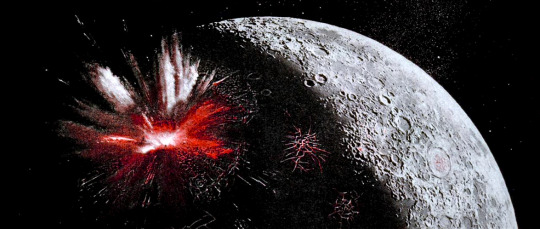
Our moon’s violent past.
#vintage illustration#the moon#lunar#our moon#science#astronomy#outer space#astrophysics#astronomical objects#astronomical phenomena#comets#asteroids#meteorite#meteor#impact crater#vintage space art
0 notes
Text
Mumpung lagi cerah, Alhamdulillah bisa liat Orion dan Pleiades 😍
Kebetulan ada betelgeuse, jadi terngiang sama lagunya Yuuri dengan judul yang sama. Langsung puterin dong wkwkwk.

#langit#astronomy#astrophotography#orion#betelgeuse#lagu jepang#sekarmuriani#astronomical objects#space#indonesia#indragirihulu#yuuri#night sky#pekanbaru#Spotify
1 note
·
View note
Text
A sample to explain how markers can be located on captured images.
This event will consider the nature and analysis of different types of data in astronomy. Astronomers mainly use two types of data: spectra and pictures. Astronomy is an ancient science and the images you can create can become an incredible tool for development. Workshop texts and activities are intended to explain how such images are obtained, processed, and presented at different scales: the question of interpretation and the concept of instantaneity in astronomy.

#astronomers#captured images#astronomy#astronomical objects#astrophotography#international day of light
0 notes
Text

Observing The Beautiful 💫 ANDROMEDA CONSTELLATION in Space
#shorts #andromeda #constellation #space
To Watch The Video of Observing The Andromeda Constellation visit my Youtube Channel @InfinityASTRONOMERICA
About the Video :
The Andromeda constellation consists of 16 stars visible in the northern sky. Named by ancient Greeks after the mythological Andromeda princess, the constellation contains the Andromeda Galaxy, the nearest full-fledged galaxy to our own Milky Way.
It is a barred spiral galaxy and is the nearest major galaxy to the Milky Way. It was originally named the Andromeda Nebula and is cataloged as Messier 31, M31, and NGC 224. Andromeda has a diameter of about 46.56 kiloparsecs (152,000 light-years) and is approximately 765 kpc (2.5 million light-years) from Earth. The galaxy's name stems from the area of Earth's sky in which it appears, the constellation of Andromeda, which itself is named after the princess who was the wife of Perseus in Greek mythology.
#science#Andromeda Constellation#andromeda galaxy#spirituality#technology#tumblr milestone#hubble telescope#outer space#space photography#astronomical object#astronomy#astrophysics#nasa webb telescope#hubble space telescope#telescope#james webb telescope#james webb space telescope#space telescopes#space#spaceship#nasa#nasawebb#isromissions#isro#isroindia#constellation#nature#positivity#quotes#InfinityASTRONOMERICA
100 notes
·
View notes
Text
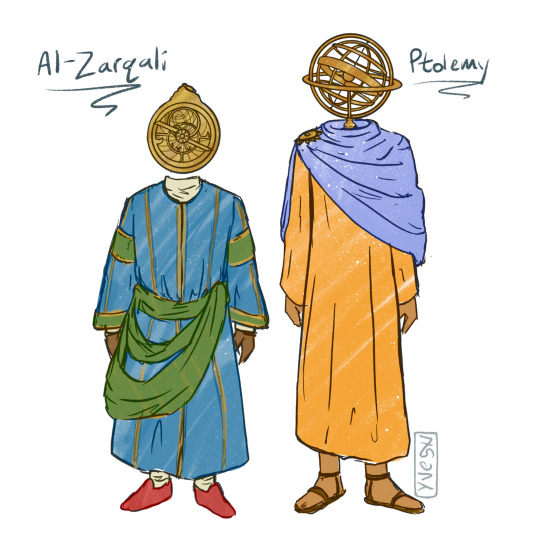

Biblically Accurate Astronomers (pt. 1). They tolerate each other.
If you’re curious, Al-Zarqali is an astrolabe, and Ptolemy is an armillary sphere.
#biblically accurate astronomers#my art#illustration#digital art#character art#oc art#object head#fantasy art
13 notes
·
View notes
Note
Do you think Ichika has a crush on Kazui?
who knows!
#personally....i don't care since they're both still so little#and as objective as i am about bleach's strengths and flaws i have always loved ichihime and renruki lol i think it's going to take a lot#for kubo to get people (or at least me) to care about them as much as i did with their parents#they're not fully 'characters' yet so any guess i make would just be me taking a shot in the dark#boring answer as always but my standard reply for anything post-canon is: we don't have information#check back with me for a solid answer in maybe 30 years if he ever gets around to finishing the arc and i'm still around somehow#but until then i'm going to go with a cop-out answer🤷🏽♀️ in my head they probably grow up to be mlm/wlw besties anyway so...#if he IS building something there it's got to be astronomical for me to care#especially after we got orihime's confession and renji's narration of his backstory with rukia like that was PEAK to me idk#and if there is a post-canon arc in the works i would still like it to focus on their parents. not sure if i'm ready to pass the baton yet#sorry i know this did not answer your question at all but i didn't want to lie with a yes/no answer😅#asks
5 notes
·
View notes
Text
earth is actually a binary planetary system (luna is not exactly a typical moon)
also pluto and charon are a binary dwarf planet system
our solar system is so fucking weird actually and this may or may not have anything to do with life developing here! could be a coincidence! could be the deciding factor! who knows!
#sometimes lifelong special interests roar back to life after years of dormancy#and suddenly i'm confused that people around me don't have the gravitation constants of various astronomical bodies memorized#when science fiction writers assume the audience is roughly familiar with the size and gravity of various planetary objects?#that's for me. i'm the audience that goes oh so it's like mercury#i see#and is actually enlightened
2 notes
·
View notes
Photo
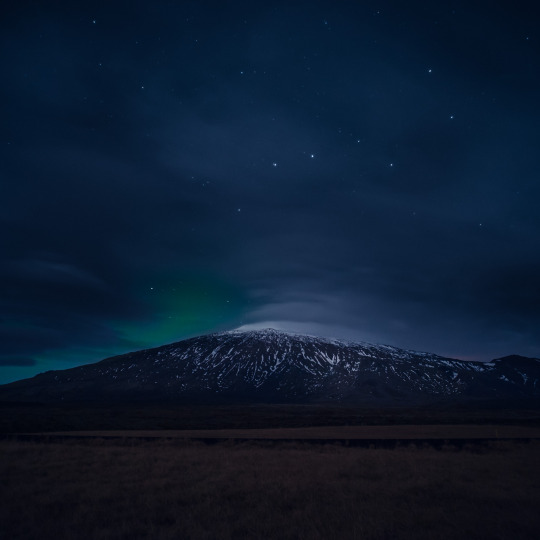
#Any Vision#Labels#arctic#astronomical object#astronomy#atmosphere#aurora#cloud#computer wallpaper#darkness#dawn#geological phenomenon#highland#horizon#landscape#meteorological phenomenon#midnight#mountain#nature#night
4 notes
·
View notes
Text
Wallowing in agony again over a Tumblr post I can't find
#kennacanthink#this time it's about the one with the fake planet#some kid had a poster of the solar system with some extra planet or object on it#and when op (parent) tried looking it up there was nothing#they even went to an astronomer and they had no idea#i believe it turned out to be a misspelling of something#but still definitely didn't belong in the poster#i want that post so bad but it is just gone all gone
0 notes
Text

the infinite desires
#artists on tumblr#photography#astrophotography#astrophysics#astro observations#astronomy#astro notes#astro community#astronomical objects#astronomical observation#astronomical#astronomers#astrology observations#observatories#cosmic secrets#cosmology#cosmic dreams#cosmic poetry#cosmic art#outer space#planets#space art#galaxy#other worlds#infinite universe#expanding universe#supernova
328 notes
·
View notes
Text
Capturing the "Beauty of the Universe" Astrophotography with Small Telescopes

Astrophotography with small telescopes is an excellent way for amateur astronomers to capture stunning and detailed images of the universe. This form of photography involves taking images of celestial objects such as planets, stars, galaxies, and other
deep-sky objects using a small telescope.
The process of astrophotography with small telescopes involves attaching a camera to the telescope and then using the telescope to track the object being photographed.
This allows for long exposure times which are essential for capturing the faint light emitted by celestial objects.
Benefits of Astrophotography
One of the benefits of astrophotography with small telescopes is that it is accessible to a wide range of amateur astronomers. Small telescopes are affordable and easy to use, making them a popular choice for those who are just starting with astrophotography.
When it comes to astrophotography with small telescopes, there are several different techniques that you can use to capture stunning images of the universe.
For example, planetary photography involves capturing detailed images of planets such as Jupiter, Saturn, and Mars. Deep-sky astrophotography, on the other hand, involves taking
images of galaxies, nebulae, and other deep-sky objects.

Good Quality Telescope
To get started with astrophotography with small telescopes, you will need a few essential pieces of equipment. A good quality telescope, mount, and camera are all essential for capturing high-quality images. Additionally, you may want to invest in filters,
which can help to enhance the details of your images.
Explore the Universe
Overall, astrophotography with small telescopes is a fantastic way for amateur astronomers to explore the universe and capture stunning images of celestial objects.
Whether you are interested in planetary photography or deep-sky astrophotography,there are many different techniques that you can use to capture the beauty of the universe. So, if you are passionate about astronomy and are interested in exploring the universe, astrophotography with small telescopes is an excellent hobby to pursue.
https://whitestaroutdoors.com/2023/06/10/astrophotography-with-small-telescopes/
#amateur astronomers#astrophotography with small telescopes#planetary photography#taking images of celestial objects
0 notes
Text

Astronomers used three of NASA's Great Observatories to capture this multiwavelength image showing galaxy cluster IDCS J1426.5+3508. It includes X-rays recorded by the Chandra X-ray Observatory in blue, visible light observed by the Hubble Space Telescope in green, and infrared light from the Spitzer Space Telescope in red. This rare galaxy cluster has important implications for understanding how these megastructures formed and evolved early in the universe.
How Astronomers Time Travel
Let’s add another item to your travel bucket list: the early universe! You don’t need the type of time machine you see in sci-fi movies, and you don’t have to worry about getting trapped in the past. You don’t even need to leave the comfort of your home! All you need is a powerful space-based telescope.
But let’s start small and work our way up to the farthest reaches of space. We’ll explain how it all works along the way.

This animation illustrates how fast light travels between Earth and the Moon. The farther light has to travel, the more noticeable its speed limit becomes.
The speed of light is superfast, but it isn’t infinite. It travels at about 186,000 miles (300 million meters) per second. That means that it takes time for the light from any object to reach our eyes. The farther it is, the more time it takes.
You can see nearby things basically in real time because the light travel time isn’t long enough to make a difference. Even if an object is 100 miles (161 kilometers) away, it takes just 0.0005 seconds for light to travel that far. But on astronomical scales, the effects become noticeable.
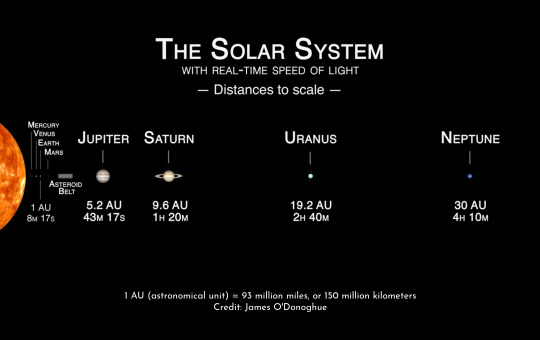
This infographic shows how long it takes light to travel to different planets in our solar system.
Within our solar system, light’s speed limit means it can take a while to communicate back and forth between spacecraft and ground stations on Earth. We see the Moon, Sun, and planets as they were slightly in the past, but it's not usually far enough back to be scientifically interesting.
As we peer farther out into our galaxy, we use light-years to talk about distances. Smaller units like miles or kilometers would be too overwhelming and we’d lose a sense of their meaning. One light-year – the distance light travels in a year – is nearly 6 trillion miles (9.5 trillion kilometers). And that’s just a tiny baby step into the cosmos.
youtube
The Sun’s closest neighboring star, Proxima Centauri, is 4.2 light-years away. That means we see it as it was about four years ago. Betelgeuse, a more distant (and more volatile) stellar neighbor, is around 700 light-years away. Because of light’s lag time, astronomers don’t know for sure whether this supergiant star is still there! It may have already blasted itself apart in a supernova explosion – but it probably has another 10,000 years or more to go.
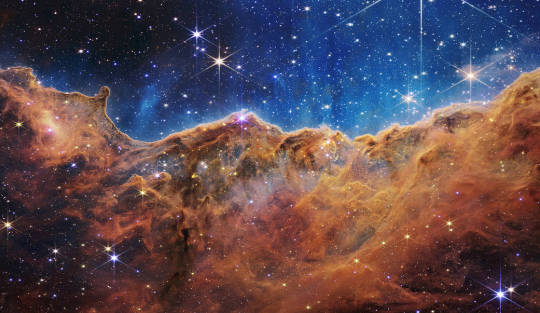
What looks much like craggy mountains on a moonlit evening is actually the edge of a nearby, young, star-forming region NGC 3324 in the Carina Nebula. Captured in infrared light by the Near-Infrared Camera (NIRCam) on NASA’s James Webb Space Telescope, this image reveals previously obscured areas of star birth.
The Carina Nebula clocks in at 7,500 light-years away, which means the light we receive from it today began its journey about 3,000 years before the pyramids of Giza in Egypt were built! Many new stars there have undoubtedly been born by now, but their light may not reach Earth for thousands of years.
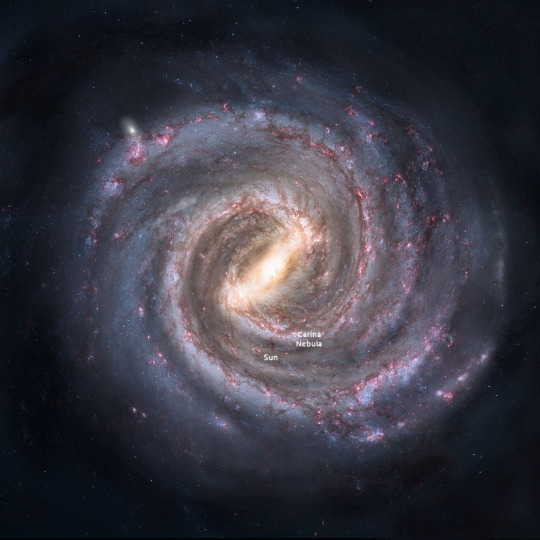
An artist’s concept of our Milky Way galaxy, with rough locations for the Sun and Carina nebula marked.
If we zoom way out, you can see that 7,500 light-years away is still pretty much within our neighborhood. Let’s look further back in time…

This stunning image by the NASA/ESA Hubble Space Telescope features the spiral galaxy NGC 5643. Looking this good isn’t easy; 30 different exposures, for a total of nine hours of observation time, together with Hubble’s high resolution and clarity, were needed to produce an image of such exquisite detail and beauty.
Peering outside our Milky Way galaxy transports us much further into the past. The Andromeda galaxy, our nearest large galactic neighbor, is about 2.5 million light-years away. And that’s still pretty close, as far as the universe goes. The image above shows the spiral galaxy NGC 5643, which is about 60 million light-years away! That means we see it as it was about 60 million years ago.
As telescopes look deeper into the universe, they capture snapshots in time from different cosmic eras. Astronomers can stitch those snapshots together to unravel things like galaxy evolution. The closest ones are more mature; we see them nearly as they truly are in the present day because their light doesn’t have to travel as far to reach us. We can’t rewind those galaxies (or our own), but we can get clues about how they likely developed. Looking at galaxies that are farther and farther away means seeing these star cities in ever earlier stages of development.
youtube
The farthest galaxies we can see are both old and young. They’re billions of years old now, and the light we receive from them is ancient since it took so long to traverse the cosmos. But since their light was emitted when the galaxies were young, it gives us a view of their infancy.

This animation is an artist’s concept of the big bang, with representations of the early universe and its expansion.
Comparing how fast objects at different distances are moving away opened up the biggest mystery in modern astronomy: cosmic acceleration. The universe was already expanding as a result of the big bang, but astronomers expected it to slow down over time. Instead, it’s speeding up!
The universe’s expansion makes it tricky to talk about the distances of the farthest objects. We often use lookback time, which is the amount of time it took for an object’s light to reach us. That’s simpler than using a literal distance, because an object that was 10 billion light-years away when it emitted the light we received from it would actually be more than 16 billion light-years away right now, due to the expansion of space. We can even see objects that are presently over 30 billion light-years from Earth, even though the universe is only about 14 billion years old.

This James Webb Space Telescope image shines with the light from galaxies that are more than 13.4 billion years old, dating back to less than 400 million years after the big bang.
Our James Webb Space Telescope has helped us time travel back more than 13.4 billion years, to when the universe was less than 400 million years old. When our Nancy Grace Roman Space Telescope launches in a few years, astronomers will pair its vast view of space with Webb’s zooming capabilities to study the early universe in better ways than ever before. And don’t worry – these telescopes will make plenty of pit stops along the way at other exciting cosmic destinations across space and time.
Learn more about the exciting science Roman will investigate on X and Facebook.
Make sure to follow us on Tumblr for your regular dose of space!
#NASA#astronomy#telescope#Roman Space Telescope#dark energy#galaxies#cosmology#astrophysics#stars#galaxy#Hubble#Webb#Chandra#Spitzer#space images#Youtube
3K notes
·
View notes
Text
Explore the sky through astrophotography – the art of taking and editing photos of astronomical objects in the night sky.
or some space enthusiasts, observing the sky is just not enough. They explore the sky through astrophotography – the art of taking and editing photos of astronomical objects in the night sky. Join their excitement through Leiden’s new astrophotography exhibition! The walls of the BplusC Library Stevenshof are now lined with breathtaking images of the moon, planets, stars and nebulae taken by local astrophotographers. This gives us a glimpse into the aspects of astronomy that inspire them. The exhibition will run between 15th March and 31st May 2022 at the BplusC Library Stevenshof, Trix Terwindtstraat 6, 2331 GW Leiden. Admission is free and all text is both in Dutch and English. So come on down, grab a book and take a stroll through the Universe!
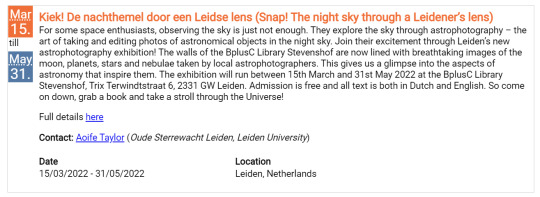
The night sky through a Leidener’s lens.
#astrophotography#astronomy#leiden#telescope#international day of light#night sky#astronomical objects
0 notes
